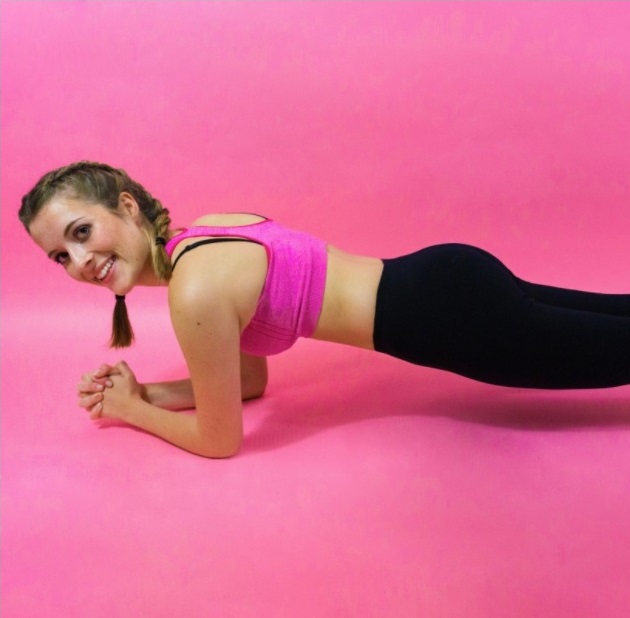This post is also available in Dutch.
There are so many different recommendations about exercise, but how to know what’s best? Let’s look at some official science-based recommendations.
One friend hits the gym three times a week, another does yoga every morning, and yet another prefers long-distance running. What’s the best for our health?
Last August, the Health Council of the Netherlands released their most recent Physical Activity Guidelines. The report includes a careful review of the latest research, and it aims to advise people. We summarized the main tips:
- Engage in moderately intense exercise.
Devote some time to exercise. It’s good for you to spend at least 150 minutes of physical activity (at moderate intensity) every week, spread over several different days. You can think of activities such as brisk walking or cycling as good moderate intensity activities.
However, the more the better: the longer you are physically active and the more frequent or more vigorous the activity, the more health benefits you’ll get from it. Definitely take your personal ability into account here. If you have not done any high intensity (a.k.a. vigorous) exercise in a few years, then start with moderate-intensity exercise. But if you tolerate high-intensity exercise well, it can come with more health benefits.

Brisk walking can be a great type of moderately intense exercise.
Credits: CT Arzneimittel GmbH (CC BY-ND 2.0)
- Engage in strength training.
Get strong! The Health Council urges us to engage in activities that strengthen our muscles and bones at least twice a week. Strength-training exercises improve muscle and bone health, lowering your chances of cardiovascular problems and bone fractures. Last but definitely not least, they can help to prevent excess weight gain.
Importantly, this does not mean that everyone should become a weightlifter. Instead, there are many types of exercise that help improve muscle and bone health, depending on the person’s current level of strength. You can start by climbing stairs or doing bodyweight exercises that challenge the muscles. Once those become easy, you can progress to using resistance bands, weights, or other equipment. Finally, it can also help to include balance exercises.

Planking is a very useful strength training exercise.
Credits: Pxhere (CC0 1.0)
- Avoid spending long periods sitting down.
This goes along with the “sitting is the new smoking” idea: sitting for prolonged periods of time can be bad for our health. For all of us with desk jobs, there is still some hope. Try to incorporate frequent, brief breaks into your schedule where you get up and move. For example, walk down the hall once every hour for 5 minutes. (Maybe get some water or tea/coffee, or just go to the bathroom.) This can activate your muscles and improve your blood flow and posture.

We should avoid sitting for prolonged periods of time.
Credits: bruce mars (CC0 1.0)
Putting it all together
These are the main points of the guidelines:
- Engage in moderately intense exercise for at least 150 minutes a week (Go for a brisk walk 3 times a week for 1 hour).
- Engage in activity that strengthens your muscles and bones at least twice a week. (Do some strength training 2-3 times a week.)
- If you sit for long periods, take frequent breaks. (Once every hour, walk around for 5 minutes.)
That’s it! It turns out that being healthy is not rocket science: you don’t have to do complicated sports or exercises. The key is to do the right physical activity frequently and consistently.
Source: The Physical Activity Guidelines 2017 from the Health Council of the Netherlands
Written by Marisha. Edited by Annelies.
